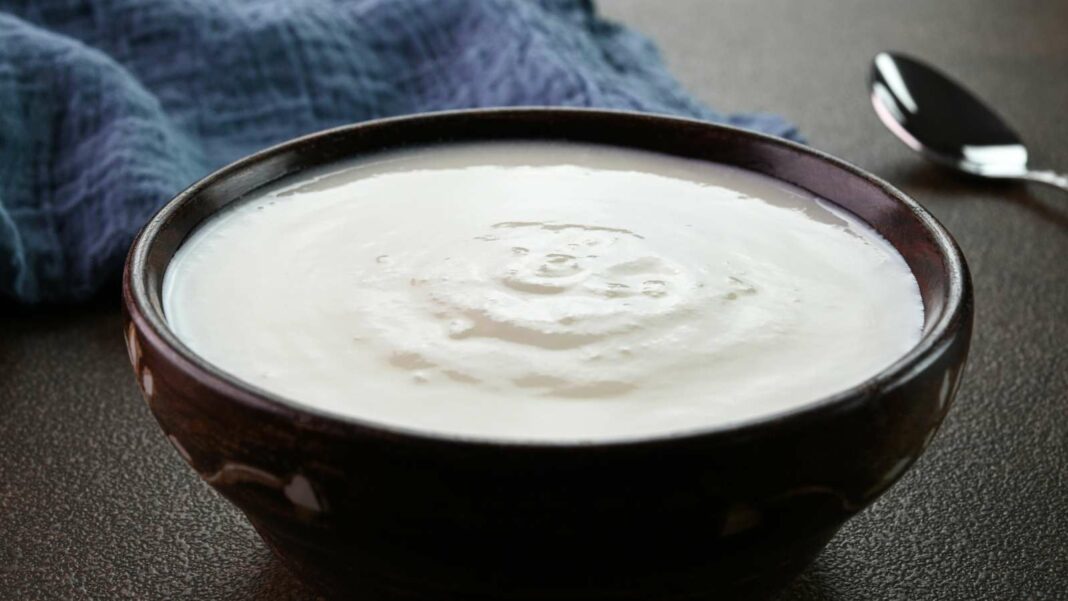Natural yogurt is a versatile ingredient ideal for muesli, smoothies, or as a tasty snack. It’s beneficial for gut health and easy to make at home using just milk and a starter culture. Homemade yogurt allows for ingredient control and can be stored for about a week. The article outlines a simple step-by-step process for making yogurt, emphasizing hygiene and the importance of milk type for achieving the desired texture.
The Versatile Uses of Natural Yogurt
Natural yogurt is a kitchen superstar, perfect for muesli, smoothies, or enjoying as a delightful snack with nuts and fruits. It also serves as an excellent base for dips and sauces. Packed with beneficial lactic acid bacteria, it promotes a healthy gut and aids digestion. Plus, its protein content offers a satisfying and nourishing option. Essentially, homemade yogurt is simply thickened milk created through the action of lactic acid bacteria, making it incredibly easy to prepare right in your own kitchen. Let’s explore how you can make it yourself.
Why You Should Make Yogurt at Home
Making your favorite yogurt at home comes with a plethora of benefits. Firstly, it allows you complete control over the ingredients, ensuring you know exactly what goes into your food. Surprisingly, most of the ingredients you need are likely already in your kitchen, often more accessible than store-bought yogurt. Beyond the convenience, there’s a unique satisfaction that comes from enjoying your homemade creation. This simple process can easily fit into your daily routine, turning a regular task into a rewarding experience.
Once made, your homemade yogurt can be stored in the refrigerator for about seven to ten days, and you can reserve a small portion of it to use as a starter for your next batch.
Ingredients and Step-by-Step Instructions
Now, let’s get into the nitty-gritty of making yogurt.
1. Heat the Milk: Begin by pouring milk into a large pot and heating it over medium heat on the stove. Stir constantly until the milk is just about to boil (approximately 82°C). When you see the first bubbles forming, remove the pot from heat.
2. Cool the Milk for the Starter Culture: Take a ladle of the hot milk and transfer it to a small bowl to expedite the cooling process. Meanwhile, place a teaspoon of yogurt in another bowl to allow it to reach room temperature.
3. Cool the Milk to 50°C: Allow the milk to cool down to about 50°C. You can speed up this process by placing the pot in an ice water bath for about ten minutes, or just leave it at room temperature for around 30 minutes. The milk is ready when you can comfortably hold your little finger in it for 10 seconds. Alternatively, a thermometer can be used for accuracy.
4. Incorporate the Starter Culture: Mix the teaspoon of yogurt with the ladle of cooled milk; it’s okay if it’s not perfectly smooth. Pour this mixture back into the pot with the remaining milk and stir gently.
5. Ferment the Yogurt: Cover the pot with a lid and wrap it in several layers of towels or a blanket. Place it in a warm, draft-free area where it can remain undisturbed.
6. Chill the Yogurt: Once the fermentation time is up, remove the towels and place the pot directly into the refrigerator. Allow the yogurt to cool for at least 6 hours (overnight is preferred) before using.
Tip: During the chilling phase, avoid opening the lid to keep unwanted bacteria at bay.
Key Considerations for Perfect Yogurt
Throughout the yogurt-making process, maintaining proper hygiene is crucial. Minimizing the introduction of germs will help prolong the yogurt’s shelf life. One effective method is to heat the milk close to boiling at 95°C. Using a milk cooking pot or a water bath, where a smaller pot is placed inside a larger pot filled with water, can achieve this easily.
Additionally, the type of milk you choose makes a significant difference in yogurt production. Pasteurized whole milk is ideal for creating a creamy texture, while UHT milk is also suitable. However, raw milk should always be boiled beforehand to eliminate any potential germs. Keep in mind that the fat content is also important: whole milk yields creamier yogurt, whereas low-fat milk will produce a thinner consistency.
